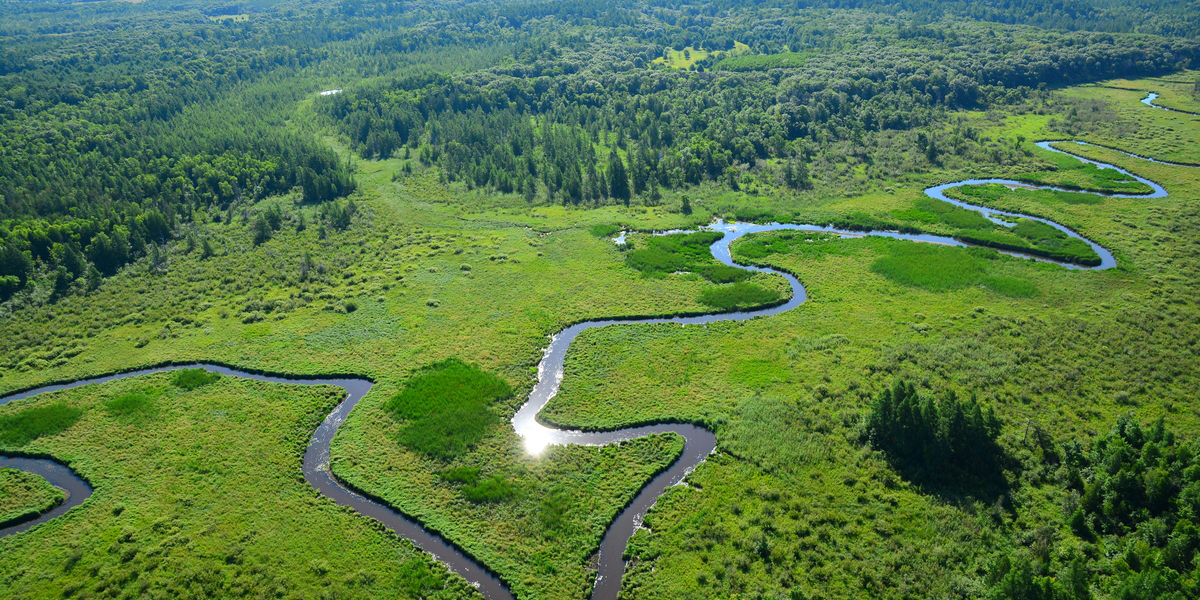
Cedar Creek Ecosystem Science Reserve is a world-renowned research station located a short drive away from the Twin Cities. But for middle and high school students sitting in science classrooms across the metro looking at microscopes or working at desks, the field station with its oak savannas, research field plots, bogs and creeks offers a very different approach to science.
“One thing I loved about bringing my students to Cedar Creek was that it exposed them to “other” types of scientific research,” says Sorcha Nix, teacher in the St. Paul Public School District. “Field research is the total opposite of the stereotypical idea of a scientist in a white lab coat holding beakers, and many of them hadn’t known about it before.”
Nix and Terry Doud, a teacher in ISD 197, both recently took part in Research Experience for Teachers (RET) at Cedar Creek, a program sponsored by the National Science Foundation. Through RET, educators can conduct research with faculty across the country and gain unique experiences and knowledge that can impact their work as teachers.
As part of the program, Nix and Doud helped with field experiments and wrote lesson plans that bring field research from Cedar Creek into the classroom, from decomposition to work on how nutrients impact ecosystems to climate change. During the school year, they ran a decomposition experiment at their schools, and brought students to Cedar Creek for field trips.
“I conducted research in the Nutrient Network plots at Cedar Creek, looking at connections between seed predation of granivores and nutrient deposition in the plots,” says Doud. “It interested me to actually conduct research and then be able to bring this knowledge and experience into the classroom.”
For Nix, the chance to be part of the RET program helped her gain critical experience and time to focus her teaching efforts.
“I worked on creating curriculum that is centered around research being done at Cedar Creek,” Nix says. “I was able to design, pilot and revise several multi-day lessons. They have and will benefit Terry’s and my classes, and we’re going to make them shareable so other educators can use them as well.”
While taking advantage of the opportunity to hone some of their teaching skills through RET, both Nix and Doud note the unique opportunity this program gave them in exposing their students to field biology.
“Cedar Creek is incredibly unique with a number of ecosystems represented in one preserve in Minnesota,” says Doud. “It is also home to NutNet and BioCon which are part of worldwide networks of science research. It is amazing for kids to be able to go to Cedar Creek and see these large-scale science experiments.”
—Lance Janssen